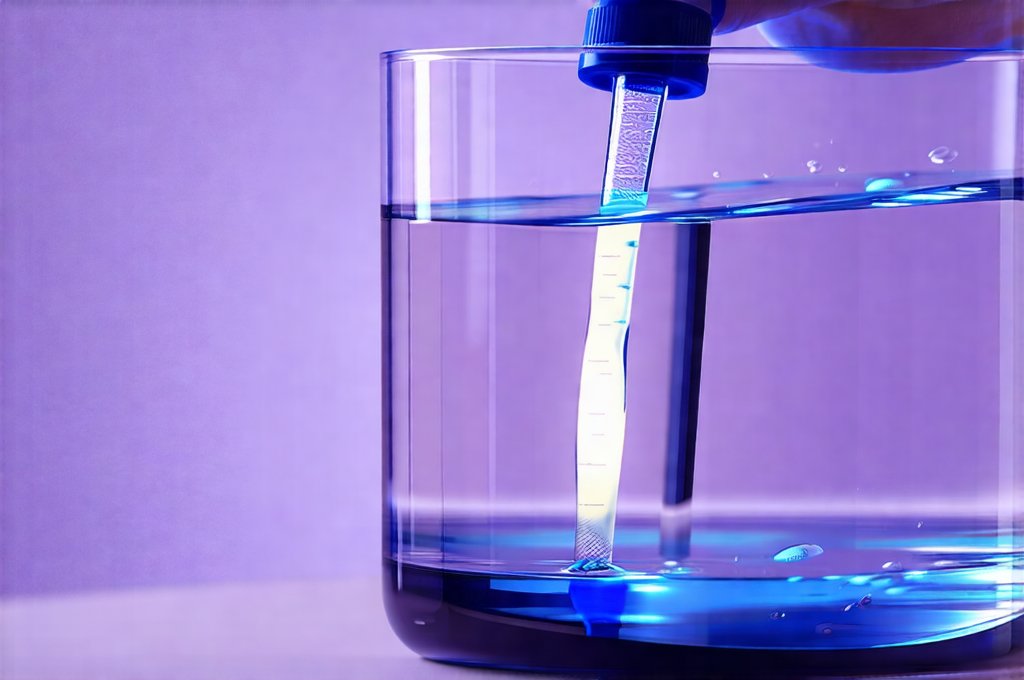Nocturia, the frequent need to wake up and urinate during the night, is a surprisingly common issue affecting people of all ages, though it becomes more prevalent with age. It’s not simply an inconvenience; consistent nighttime interruptions disrupt sleep architecture, leading to daytime fatigue, reduced cognitive function, and even increased risk of falls. Many assume nocturia is inevitable as we get older, or that it’s a natural part of aging, but often, lifestyle factors – particularly hydration habits – play a significant role. Understanding how we hydrate, rather than simply how much we drink, can be transformative in regaining restful sleep and improving overall well-being.
The root causes of nocturia are diverse, ranging from underlying medical conditions like diabetes or heart failure to behavioral patterns such as excessive fluid intake before bed or certain medication side effects. However, even when underlying health issues are addressed, many individuals continue to struggle with nighttime urination. This is where a thoughtfully constructed hydration schedule comes into play. It’s about strategically timing and distributing fluid consumption throughout the day, rather than adhering to generalized recommendations like “eight glasses of water.” The goal isn’t necessarily to reduce overall fluid intake (dehydration has its own set of risks), but to optimize it for minimizing nighttime bladder stimulation and promoting healthy kidney function. You may find that practices to reduce nighttime wake-ups are helpful alongside a hydration schedule.
Understanding the Hydration-Nocturia Connection
The link between hydration and nocturia is complex, involving hormonal regulation, kidney function, and bladder capacity. During the day, our bodies produce vasopressin, a hormone that signals the kidneys to conserve water. As we age or experience certain health conditions, this natural production of vasopressin can decline, leading to increased urine output even during sleep. However, how we hydrate throughout the day significantly impacts this hormonal balance and kidney function. Consuming large volumes of fluid in short periods overwhelms the kidneys’ ability to process it efficiently, increasing the likelihood of nighttime urination. Furthermore, certain beverages – those containing caffeine or alcohol – have diuretic effects, actively promoting water loss and exacerbating the problem.
A key aspect often overlooked is that thirst isn’t always a reliable indicator of hydration needs. Many people become less sensitive to thirst as they age, leading them to under-hydrate during the day and then “catch up” with large amounts of fluid in the evening, directly contributing to nocturia. Establishing a proactive hydration schedule – one that focuses on consistent sipping throughout the day rather than responding solely to thirst – is crucial for maintaining optimal fluid balance and minimizing nighttime disruptions. This isn’t about depriving yourself; it’s about smart hydration.
Finally, consider bladder capacity and sensitivity. Chronic overhydration can actually stretch the bladder, reducing its ability to signal fullness effectively and potentially leading to urgency and frequency during both day and night. A well-planned hydration strategy aims to maintain a healthy bladder function alongside optimal hydration levels. For those experiencing nocturia caused by cystitis, you may find how to reduce nighttime urination helpful.
Building an Effective Hydration Schedule
Creating an effective hydration schedule isn’t a one-size-fits-all endeavor; it requires some personalization based on individual factors like activity level, climate, diet, and existing health conditions. However, the core principles remain consistent: distribute fluid intake evenly throughout the day, prioritize water as the primary beverage source, and strategically limit fluids in the hours leading up to bedtime. A good starting point is to aim for consistently sipping small amounts of water every 1-2 hours, rather than gulping down large quantities at once.
A practical approach involves tracking your fluid intake for a few days to identify existing patterns. Are you primarily drinking coffee in the morning and then “catching up” with water in the evening? Do you tend to forget to drink anything until you feel thirsty? Once you understand your current habits, you can begin implementing changes. For example, set reminders on your phone to sip water throughout the day, carry a reusable water bottle as a constant visual cue, and choose water-rich foods like fruits and vegetables to supplement your fluid intake. As for evening restriction, generally, avoid drinking any significant amount of fluids (more than 6-8 ounces) within 2-3 hours before bedtime.
Remember that other beverages count toward your daily fluid intake, even if they’re not water. Be mindful of caffeine and alcohol consumption, as these can both increase urine production. Herbal teas without diuretic properties can be a good alternative to caffeinated drinks. Ultimately, the goal is to create a sustainable hydration pattern that supports optimal kidney function and minimizes nighttime bladder stimulation. Hydration scheduling can have a significant impact on reducing nighttime urination.
Optimizing Hydration Based on Activity Level
Your hydration needs directly correlate with your level of physical activity. Someone engaging in strenuous exercise will naturally require more fluids than someone with a sedentary lifestyle. However, it’s not just about the amount; it’s also about when you hydrate. – Before exercising: Pre-hydrate with 16-20 ounces of water 2-3 hours beforehand to ensure adequate hydration levels. – During exercise: Drink 4-8 ounces of water every 15-20 minutes during physical activity to replace fluids lost through sweat. – After exercising: Rehydrate immediately after exercise, continuing to sip water until your urine returns to a pale yellow color.
Don’t fall into the trap of “replacing” electrolytes solely with sugary sports drinks. While electrolytes are important, you can often replenish them effectively through a balanced diet that includes fruits and vegetables rich in potassium and magnesium. Consider electrolyte-rich foods like bananas, spinach, and sweet potatoes as part of your post-exercise recovery plan.
Dietary Contributions to Hydration
Many people underestimate the contribution of food to their overall hydration levels. Fruits and vegetables have high water content and can significantly supplement your fluid intake. – Water-rich fruits: Watermelon (92% water), strawberries (91%), cantaloupe (90%). – Water-rich vegetables: Cucumbers (96% water), lettuce (95%), celery (95%).
Incorporating these foods into your diet can reduce your reliance on solely drinking water and provide additional nutrients. Soups and broths are also excellent sources of hydration, especially during colder months. Be mindful that certain foods can have a diuretic effect – for example, asparagus and artichokes – so balance their consumption accordingly.
Adjusting Hydration for Specific Health Conditions
Certain health conditions necessitate modifications to your hydration schedule. Individuals with kidney disease or heart failure may need to restrict fluid intake based on medical advice. – Diabetes: Maintaining adequate hydration is crucial for individuals with diabetes, as dehydration can impact blood sugar control. However, be mindful of potential diuretic effects from high blood glucose levels. – Heart Failure: Fluid restriction is often recommended for people with heart failure to prevent fluid overload. Consult your physician regarding appropriate fluid intake limits.
Always prioritize the guidance of your healthcare provider when developing a hydration plan, especially if you have underlying health conditions. Self-treating or making drastic changes to your fluid intake without medical supervision can be detrimental to your health. You should also consider how body heat affects nighttime urination.





















